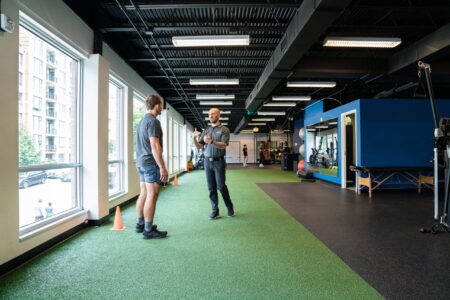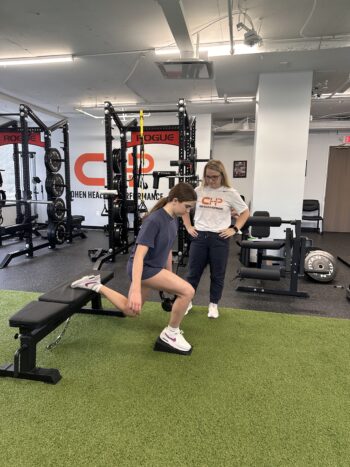When I first moved to the DC area, I had to find a new dermatologist. With pale skin and a bald head, I knew I needed someone I could rely on. What I didn’t expect was just how different the experience of healthcare could be from one provider to the next.
My first attempt went something like this:
I called the office, asked for an appointment, and was told the soonest available was six weeks away. When I explained that I had a conflict, I was told it would actually be six months before I could get in. Not exactly encouraging but I made it work.
When I finally arrived for the appointment, no one looked up from behind the desk, no one greeted me, and I was handed a clipboard without so much as a “thank you.” When the doctor did see me, it was for maybe three minutes. He seemed rushed, didn’t answer my questions, and was clearly just trying to get to the next patient.
Unfortunately, this kind of experience is all too common in healthcare.
Later, I found another dermatologist, and the difference was night and day. The staff answered the phone with warmth, greeted me by name when I arrived, and the doctor took the time to listen. She didn’t spend tons of time with me, but she was present, thorough, and made me feel valued.
The way you’re treated during the process often reflects the quality of care you’ll receive.
How We Approach Care at Cohen Health and Performance
At Cohen Health and Performance (CHP), we’ve built our model of care around the kind of experience every patient deserves. If you’re looking for physical therapy near you in Bethesda, here’s what makes us different:
Here’s what makes us different:
- One-on-One Sessions: Every appointment is a full hour with your Doctor of Physical Therapy—no bouncing between patients, no rushing.
- Personal Connection: We know your name when you walk in, and we take pride in making every patient feel welcome.
- Full Presence: During your session, our entire focus is on you. We answer your questions, explain the “why” behind your program, and adjust as needed.
- Between-Session Support: Need something outside of your appointment? Our team is available through our patient portal or a quick call to make sure you’re supported every step of the way.
Whether you’re an athlete recovering from injury, an active adult wanting to stay strong, or a parent helping your child navigate youth sports, your experience matters just as much as the treatment itself.
Choosing Physical Therapy in Bethesda
If you’re looking for physical therapy in Bethesda, we encourage you to ask yourself:
- Do they listen to me?
- Do they treat me like a person, not a number?
- Are they invested in my success inside and outside the clinic?
At CHP, our answer to all three is a resounding yes.
So if you want a healthcare team that’s truly in your corner—committed to your goals, your progress, and your overall experience—we’d love to help.
Contact us today to schedule your first session and see what makes Cohen Health and Performance different.





